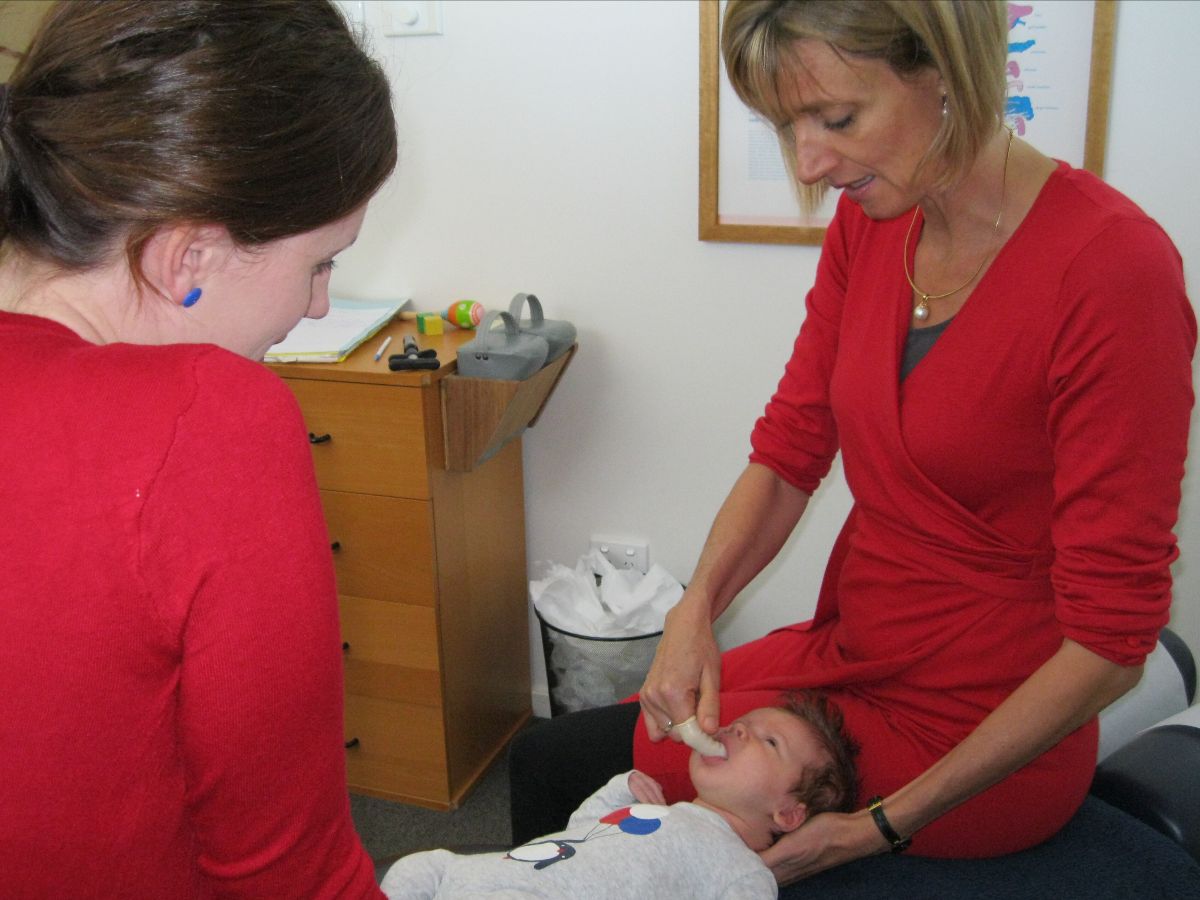Chiropractic Research
Colic, reflux, bed-wetting, ear infections, ADHD, breastfeeding difficulties… The list of challenges chiropractors work with in children is quite extensive. And if you ask us, we get pretty good results too. Judging by the responses from the Safer Care Victoria review it appears that parents agree. Which is curious, as it seems the research is quite clear: there is no evidence that chiropractic adjustments are more effective than placebo in any non-musculoskeletal condition (1).
It would be very nice to know how many of us actually care for children in our practices, what care we provide, what the children present with and what results we achieve. If you are an Australian chiropractor, please fill in this survey to help shed some light on these questions. It will take you less time than drinking a cup of coffee:
https://limesurvey.mq.edu.au/index.php/524888?lang=en
Now, I am no scientist!! I don’t know how to read research or evaluate methodology and statistical analysis. Please take the following thoughts as musings of a hands-on chiro who is trying to keep on top of the evidence for day-to-day practice.
A Danish study years ago looked at chiropractic care for infants with colic. The babies were randomised and given either spinal manipulation or a medication which had been shown to be no more effective than placebo. After a two week treatment period it was concluded that manipulation was significantly more effective in reducing crying time than the placebo medication (2).
A weakness in this study was that the parents knew what treatment their child received. So a few years later a group of Norwegian paediatricians redid the study, this time comparing spinal manipulation to a 10 minute cuddle from a nurse instead of medication. The parents were not present during the treatment, so they didn’t know what treatment their baby had received. Interestingly, the conclusion of this study was that an adjustment was no more effective than a cuddle (3). Hmmmm!!
What is not immediately obvious when reading this study is that the Norwegians made a few more design changes as well. For example, they decreased the length of the study from the 14 days in the Danish, to 8 days. This potentially resulted in fewer adjustments. They also excluded all babies who were soothed by the use of sucrose (which has been shown to calm unsettled babies) potentially making this a group of babies who were less likely to respond to any intervention. Nothing major, but enough to be able to scientifically conclude that chiropractic adjustments were not effective as a treatment for babies with colic.
So, do we or do we not have a positive impact on colic?
Maybe the question to ask is more along the lines of: is a chiropractic adjustment a ‘treatment’ at all?
Research has shown that adjusting the spine changes the firing in the prefrontal cortex (4). The prefrontal cortex is involved in sensory motor integration, pain perception, immune function, stress responses, endocrine function, learning and attention, awareness of self, planning etc. However, as chiropractors we can’t dictate what will change with our adjustments, we can’t control the outcome. All we can do is remove the spinal interference, then the system does what it does.
It is possible that focusing on double blind, randomised controlled trials of spinal adjustments as a treatment is not our best use of energy or funds. Maybe we need to focus more on understanding what happens in the brain and body following chiropractic adjustments.
The Kids’ Summit is all about raising funds for this type of research – specifically for kids – and it’s coming up soon: August 28-29. Due to our special circumstances, this world-renowned event will be virtual this year, with unlimited access for 6 months. By attending the Kids’ Summit you will help us fund research so we can understand how adjustments help kids function better.
As a special Thank You for being a Switched-on chiropractor, use this code to receive $100 off: SOK2021
To learn more and to sign up, go to www.thekidssummit.com
See you then ?.
Yours in health,
Dorte
(1) The global summit on the efficacy and effectiveness of spinal manipulative therapy for the prevention and treatment of non-musculoskeletal disorders: a systematic review of the literature Côté et al. Chiropractic & Manual Therapies (2021) 29:8
(2) The Short-term Effect of Spinal Manipulation in the Treatment of Infantile Colic: A Randomized Controlled Clinical Trial with a Blinded Observer JM. Wiberg JMPT 1999;22:517-22
(3) Randomised controlled trial of infantile colic treated with chiropractic spinal manipulation E Olafsdottir Arch Dis Child 2001;84:138–141
(4) Manipulation of Dysfunctional Spinal Joints Affects Sensorimotor Integration in the Prefrontal Cortex: A Brain Source Localization Study D. Lelic Neural Plast. 2016;2016:3704964



